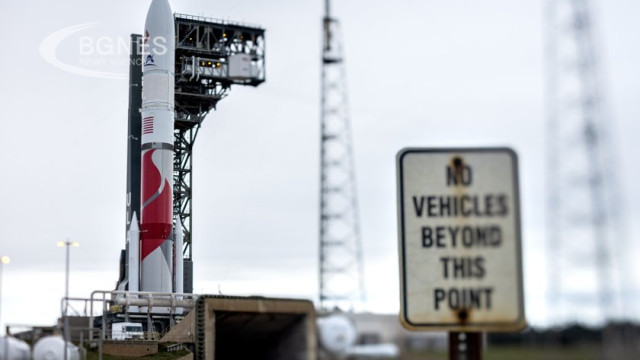A brand new rocket has taken off from Florida, on board which is the first American spacecraft that will attempt to land on the moon in more than 50 years, AFP reported.
Industrial group ULA's Vulcan Centaur rocket, which includes Boeing and Lockheed Martin, made its first flight from Cape Canaveral, lifting off the ground at 02:18 a.m. local time.
The weather forecast is 85% favorable for take-off, but much less favorable for the next three days - possible alternative dates in case of postponement. If necessary, a new departure window will open on January 23.
The lunar lander on board, called Peregrine, was developed by startup Astrobotic with support from NASA, which awarded the company a $108 million contract to transport scientific equipment to the moon.
The launch will mark the beginning of a series of missions supported by the US space agency, which hopes to rely in part on the private sector for its lunar ambitions.
If Astrobotic succeeds in landing on the moon as planned on February 23, it could become the first private company to accomplish the feat.
In recent years, Israeli and Japanese companies have attempted to land on the moon, but these missions ended in disasters.
"To lead America's return to the surface of the Moon for the first time since Apollo is a tremendous honor," Astrobotic CEO John Thornton said at a news conference. However, he stated that he was aware of the difficulty of the task and the risk of failure.
About 50 minutes after liftoff, "Sapsan" should separate from the rocket: after that, "Astrobotik" will turn on the device and try to establish a connection. If all goes well, the lunar lander will continue its journey to our natural satellite.
After entering lunar orbit, the probe will wait for suitable lighting conditions before attempting to land.
The target landing site is located on the visible side of the moon, near mysterious lava domes that scientists struggle to explain.
Using the instruments sent there, NASA will study the composition of the surface and the radiation. /BGNES







